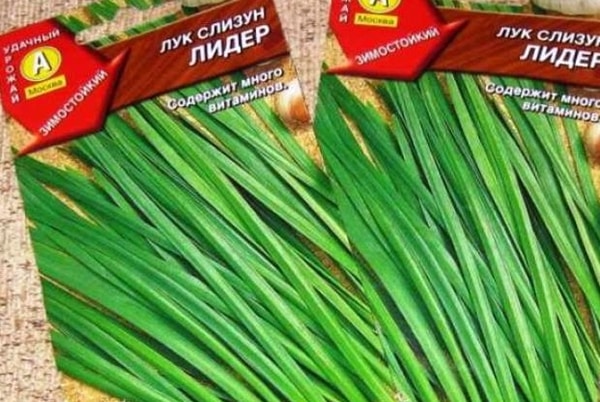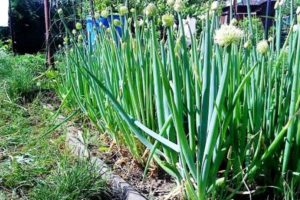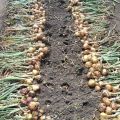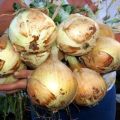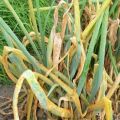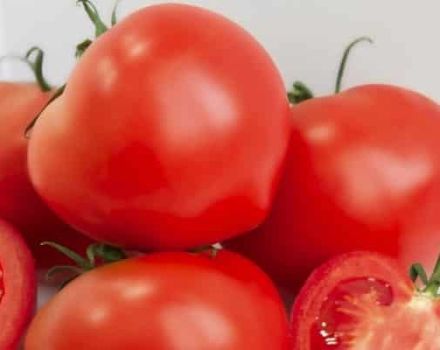Description of the Slizun onion variety, features of cultivation and care
Gardeners do not attach much importance to herbaceous plants that grow in the wild, preferring already popular varieties of vegetables: potatoes, cucumbers, tomatoes, onions, and garlic. But in nature there is a description of other useful herbs that can be grown in your backyard and get important trace elements for food all year round. Such useful herbs include a bulbous plant - Slime.
Onion characteristics
This herbaceous perennial plant grows in the wild nature of Russia - it is more common in the Altai Territory and Siberia. In the wild, it reproduces by seeds and roots. It grows on a personal plot for 5 years, after which it must be transplanted.
Green tops in the form of feathers 2 centimeters wide, feathers in length reach 30 centimeters. It grows from cylindrical false bulbs no more than 2 centimeters wide. The slime tastes like garlic feathers, the upper green part is used for food. Bulbs have no nutritional value, and their use is impractical.
This green mass is rich in trace elements - to replenish your daily supply of vitamins and minerals, you need to eat only 30 grams of greens per day.
Onions bloom in the second year after planting with globular umbrellas. The color of the flowers is pale pink - the flowering plant looks very beautiful on the backyard. It was named a slime for the slimy juice that flows out of the green when the stem breaks. The juice has a faint garlic smell and taste. Mild, moderately sweet and tasty onions are eaten. Used as an additive in salads, seasoning for meat and fish dishes. Feathers are dried and salted for long-term storage.
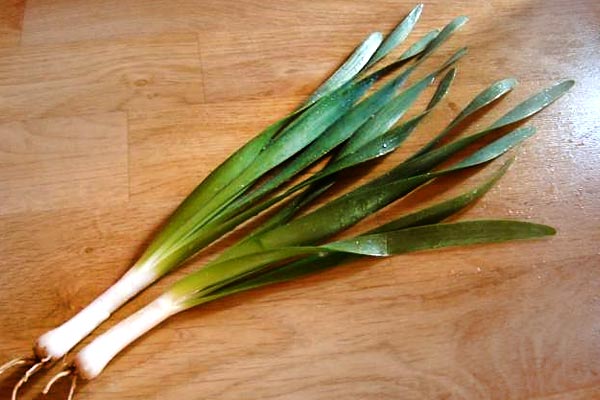
Useful properties of the plant
This herb contains a large amount of nutrients:
- Vitamins of groups B1, B2, PP, C.
- Many trace elements: potassium, zinc, iron, molybdenum, magnesium. Thanks to these elements, the use of onions helps to strengthen the cardiovascular system and promotes blood formation.
- Phytoncides, carotene and sugars cleanse the body of harmful substances.
- Mucus helps to improve digestion.
- Leaves are useful not only for food - the juice helps heal wounds and decontaminate areas infected with microbes. Also, this elixir relieves pain in injuries.
When eating 30 grams of a plant daily, a person will not feel the need for vital elements - health will improve before our eyes.
How to grow onions on the site?
It is very easy to grow this herb in your garden.The onion is resistant to winter frost - it does not disappear from the garden without shelter, even in frosts of 40 degrees. To grow useful grass, you need to pick up a small area with fertile soil, which will contain humus. On such a site, the variety yields up to 6 years.
The soil
Light neutral soil or loam with high moisture permeability is suitable for an unpretentious Slimer in care. The site must be free of flooding and stagnant waters. Water prevents air from reaching the roots of the plant, and it dies. Some gardeners, to prevent stagnation, raise a bed of onions by 20 centimeters. The soil should not be acidic - in this case, the taste of the onion will deteriorate, it will become bitter.
To get rid of acidity, you need to add ash, chalk or dolomite flour there. Before planting, in the spring, the garden bed is saturated with humus and dug up.
How to plant?
The onions are planted according to the scheme of 30 × 15 centimeters, while leaving a distance of 30 centimeters between the rows of onions. The roots fill the soil during growth and thus rid the garden of weeds. She just has nowhere to grow.
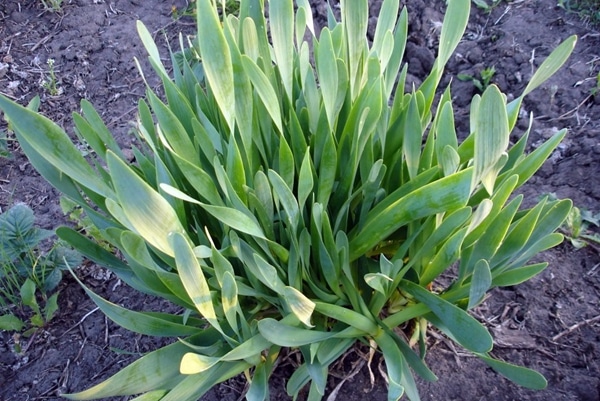
After four years, the onion ceases to produce a high-quality crop due to the overgrowth of roots, it simply does not have enough space in the garden. Therefore, it is transplanted by removing excess tops. Only young green shoots with part of the root are left. After removing the onion, they dig up the earth well, removing all the roots.
Plant care
The following care is needed for onions:
- watering;
- trimming leaves;
- loosening the beds;
- weeding if necessary.
Cut the onion 4 times a season, removing only the long stems. Young shoots are left for the next cut. It is necessary to remove the leaves with a part of the root, pruning contributes to a greater proliferation of the feathers of the Slizun onion. Also, the removal of old tops contributes to the formation of young, more nutritious shoots.
In order for the onion to give a high-quality harvest, starting from spring it is fed with organic and mineral fertilizers. In the second year of life, a peduncle appears on the plant, which must be removed. Otherwise, trace elements will go into the growth of the flower and the ripening of seeds. In the case of decorative plant growing, flowers are left for beauty on the site.
For the growth of any plant, it needs a good moist environment, Slime is no exception. Watering is done plentifully, especially in dry weather. Weeding and loosening the soil will prevent the development of microorganisms and weeds, which only retard growth.
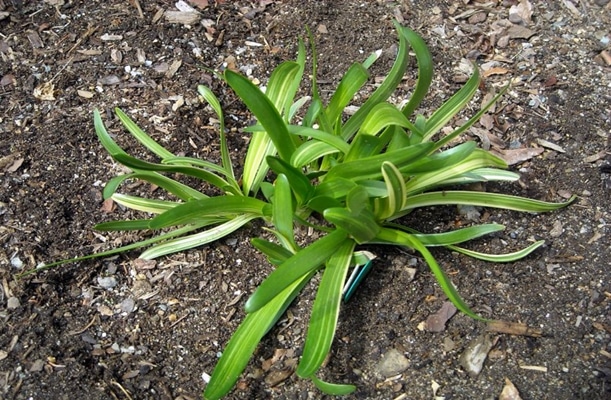
Useful herb in winter: how to grow?
Usually, in winter, people are in dire need of vitamins and minerals, this is due to the lack of fruits and vegetables that provide the body with useful substances. Vitamins are also needed to protect the body from viruses, infections and disease. To provide yourself and your family with nutrients for the winter, onions are grown on the windowsill in the house. In order not to lose a storehouse of vitamins and microelements in the fall, plants are transplanted into temporary containers and brought home on the windowsill. There they will give a useful harvest all winter. The onion tolerates transplanting well, there is no need to be afraid that it will not take root in a new place.
There are only a few prerequisites for the transplanted plants. This is high-quality soil, a large pot or other container and timely watering.
If these conditions are met, then the harvest will not be long in coming.
You can transplant plants with the whole bush, but this requires a larger container, or young shoots in smaller containers. They put the grass in a bright warm place without drafts, not a single plant likes drafts, and for the growth of green mass you need the sun, otherwise the harvest will be poor.
Slime's decorative function
Many summer residents use this plant for decoration. It grows like indoor ficuses with neat even leaves, and when the plant blooms, then the flowerbed is very beautiful.There is another important function of this herb, it limits the growth of roots in creeping plants. If you plant onion bushes in a circle with clubs, and other flowers in the middle, then the leaves will look like a green hedge, preventing weeds from entering and protecting creeping plants from coming out. Also, onions are planted along the curbs, then the grass will not bother, overgrowing the sidewalk. As you can see, Slime onion, when properly grown and cared for, is useful not only in nutritional terms, but also in aesthetics.
Some craftsmen combine the decorative and nutritional function of the onion, planting it in the form of a flower bed and, if necessary, harvesting it.
